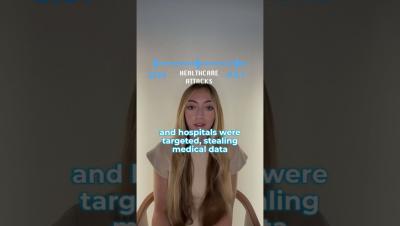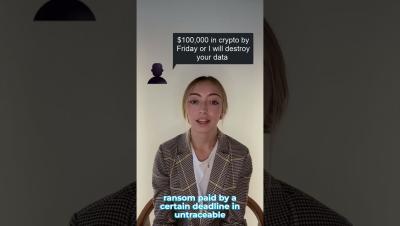What's Next? 2025 Cybersecurity Predictions & 2024 Lessons
What were the biggest cyber threats of 2024, and what do they mean for cybersecurity in 2025? Join Daniel dos Santos, Sr. Director and Head of Forescout Research, and Rik Ferguson, VP of Security Intelligence, as they break down the most impactful lessons from the past year and share expert insights into what’s coming next.











